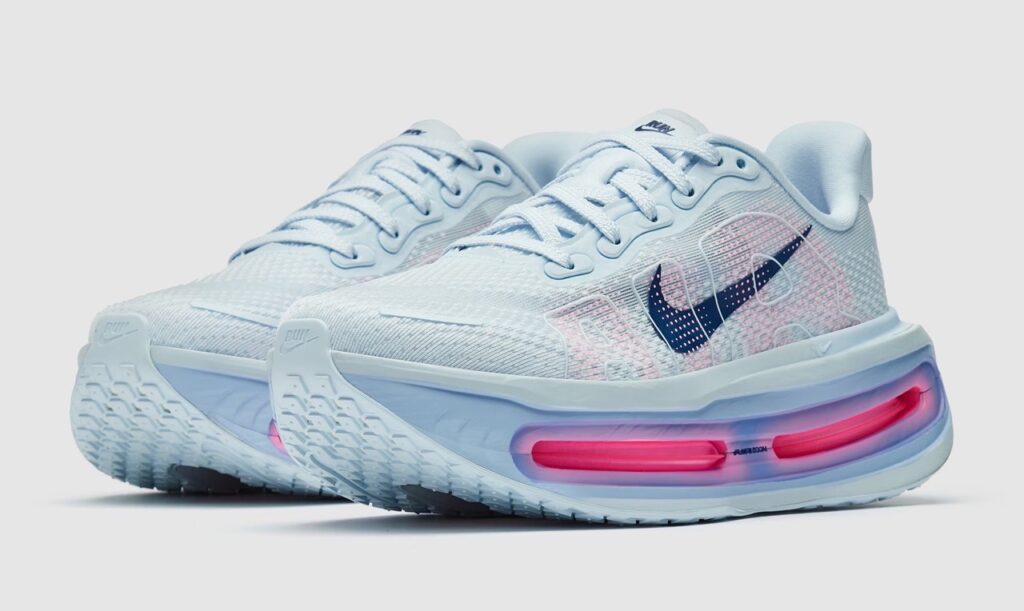

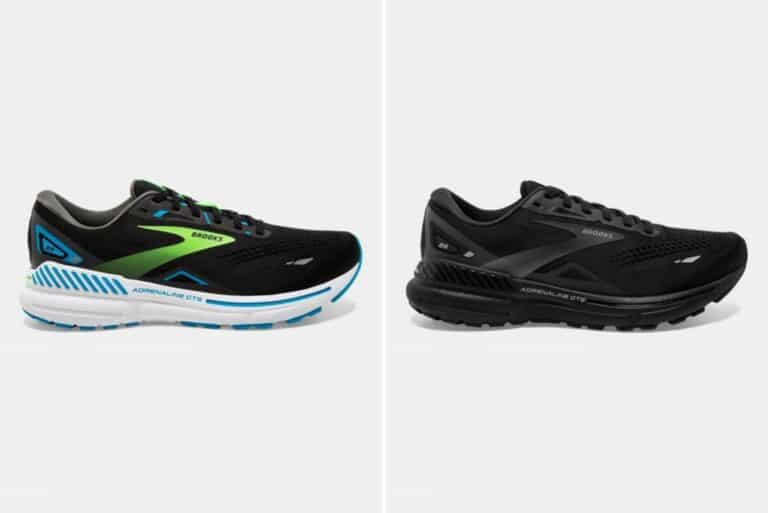
Flat feet can be a common condition in which the arches of the feet are lower or even non-existent. This can often cause discomfort and pain when engaging in physical activities like running. However, with the right pair of running shoes, people with flat feet can still enjoy logging miles without any discomfort.
Below, we discuss the best running shoes for flat feet, specifically designed to provide maximum support and comfort.
Before we dive into the best running shoes flat feet options, it’s important to understand what features make a running shoe suitable for people with flat feet.
Now that we’ve covered what to look for, let’s dive into some of the best running shoes designed for flat feet:

This shoe offers excellent stability and arch support, making it a popular choice among runners with flat feet. It also has a soft cushioning that provides great shock absorption, minimizing impact on the feet.
In addition, the Adrenaline GTS 23 has an asymmetrical 3D fit print saddle that helps secure the foot in place, preventing any side-to-side movement while running.
Buy it here: Brooks Men’s Adrenaline GTS 23 (above left) or Brooks Women’s Adrenaline GTS 23 (above right)
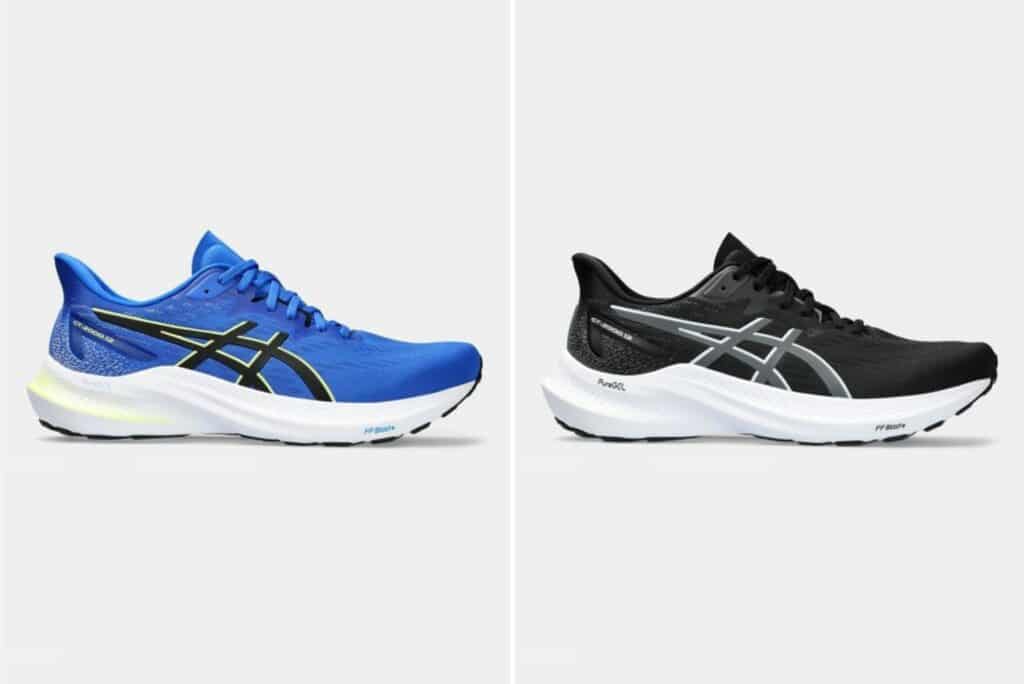
The Asics GT-2000 12 is designed with a wider toe box and a supportive heel counter, providing stability and comfort for flat-footed runners. It also has a gel cushioning system that absorbs shock and reduces pressure on the feet.
Plus, the shoe has a guidance line to promote proper gait and prevent overpronation, which is common among people with flat feet.
Buy it here: Asics Mens GT-2000 12 Shoes (left above) or Asics Womens GT-2000 12 Shoes (right above).

New Balance Fresh Foam 1080v13 offers a combination of stability and cushioning, perfect for runners with flat feet. The shoe has a medial post that provides support and stability on the arch side of the foot.
It also has a balance fresh foam midsole that offers a soft and comfortable ride, making it suitable for long-distance runs.
Buy it here: New Balance Mens Fresh Foam X 1080V13 Shoes (above left) or New Balance Womens Fresh Foam X 860V14 Shoes (above right).
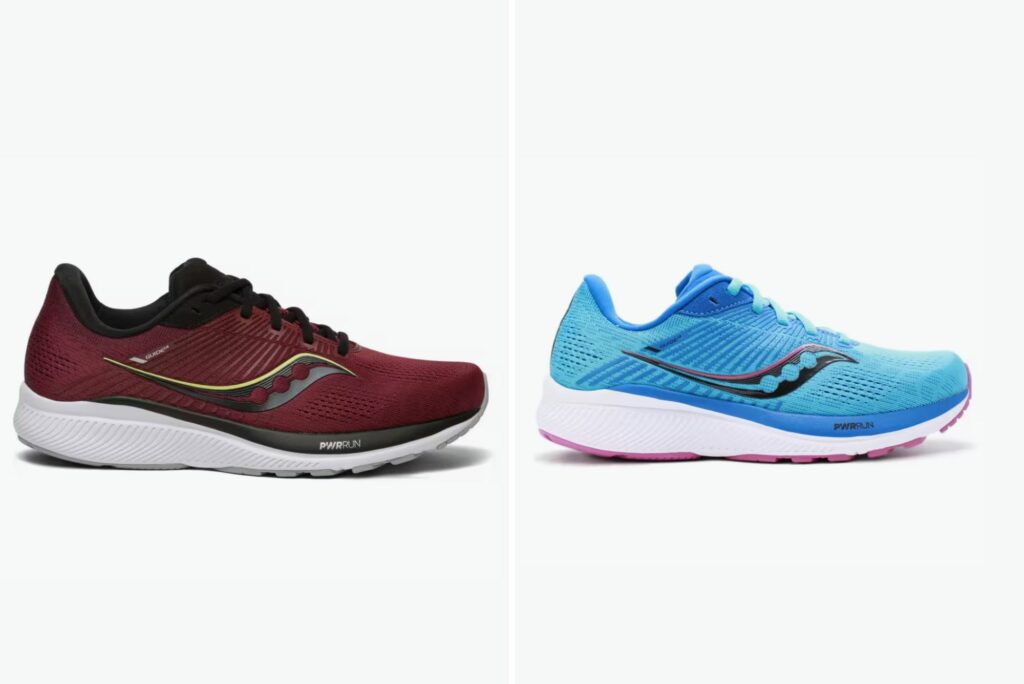
The Saucony Guide 14 is designed with a PWRRUN cushioning system that provides a soft and comfortable feel while running. It also has a medial TPU guidance frame that helps support the arch and prevent overpronation.
The shoe also features an engineered mesh upper for breathability and lightweight support.
Buy it here: Saucony Guide 14 Mens Shoe Mulberry/Lime (above left) or Saucony Guide 14 Womens Shoe Blue Blaze/Berry (above right).
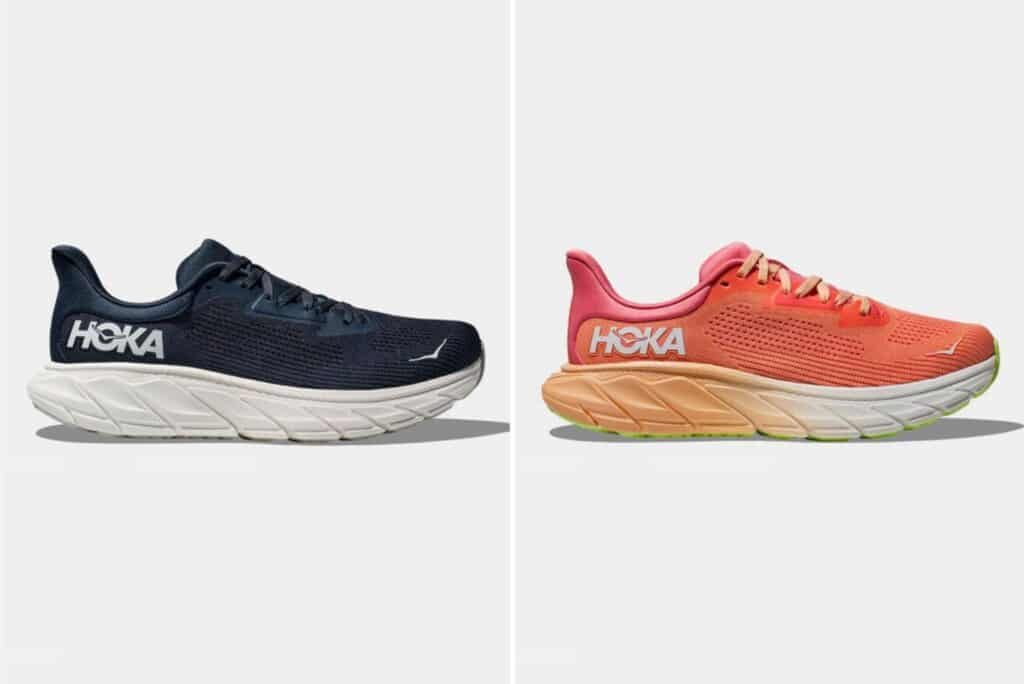
This shoe from Hoka One is known for its maximalist cushioning, which provides excellent shock absorption and comfort for flat feet. It also has an early stage meta rocker that promotes a more efficient running gait and reduces strain on the feet.
Additionally, the Arahi 7 has a supportive heel counter and structured arch support to provide stability and prevent overpronation.
Buy it here: Hoka Mens Arahi 7 Shoes (above left) or Hoka Womens Arahi 7 Shoes (above right).

The Nike Air Zoom Structure 25 is a lightweight and breathable shoe that provides excellent support for flat feet. It has a dynamic support system with foam pillars in the midsole that adapt to the wearer’s foot while running.
The shoe also features a Flymesh upper for breathability and lockdown fit, making it suitable for both short and long-distance runs.
Buy it here: Nike Mens Air Zoom Structure 25 Shoes (above left) or Nike Womens Air Zoom Structure 25 Shoes (above right).

The Mizuno Wave Inspire 20 has a wave plate technology that provides balance and stability for flat feet. It also has a U4ic midsole that offers a responsive and cushioned ride.
Moreover, the shoe has a supportive heel counter and a breathable mesh upper for added comfort while running.
Buy it here: Mizuno Mens Wave Inspire 20 Shoes (above left) or Mizuno Womens Wave Inspire 20 Shoes (above right).

The Altra Paradigm 7 features a zero-drop platform, which means that the heel and forefoot are at the same height, providing a more natural foot strike for flat feet. It also has an EGO midsole that offers cushioning and rebound with every step.
Additionally, the shoe has a guide rail system that helps prevent overpronation and promote proper alignment of the feet.
Buy it here: Altra Mens Paradigm 7 Shoes (above left) or Altra Womens Paradigm 7 Shoes (above right).
With the right pair of running shoes, people with flat feet can enjoy their runs without any discomfort or pain. It is important to choose a shoe that provides stability, cushioning, and support for the unique needs of flat-footed runners. Try out these top picks and find the perfect fit for your next run!
In addition to choosing the right running shoes, here are some general tips for finding the best fit for your flat foot:
By following these guidelines, flat footers can find running shoes that provide maximum support and comfort for their flat foot. Don’t let your flat foot hold you back from achieving your running goals; invest in a good pair of running shoes and hit the track with confidence.
It is commonly believed that a flat foot requires arch support to prevent discomfort and pain. However, this is not always the case. Some people with flat feet experience no issues while running without arch support, while others may still need it.
If you have flat feet and experience discomfort or pain while running, it may be worth trying out a stability shoe with arch support or getting fitted for custom orthotics. However, if you do not experience any discomfort or pain, running without arch support is perfectly fine.
It’s important to listen to your body and find the right balance of support for your flat feet. If you’re unsure, consult with a podiatrist or try out different stability shoe options until you find what works best for you. Keep in mind that everyone’s feet are unique, so what works for someone else may not necessarily work for you.
While there is no one “best” type of running shoe for flat feet, there are some key features to look for when choosing a running shoe. These include:
Overall, the best type of stability shoe for flat feet will depend on the individual’s specific needs and preferences. It may be helpful to try out different running shoes and see what works best for you. Remember, finding the right shoe can make all the difference in your running experience!
Many people with flat feet also tend to overpronate, which is when the feet roll excessively inward while running. Overpronation can lead to discomfort and injuries if not addressed properly.
Choosing running shoes with stability features, such as medial posts or guide rails, can help prevent overpronation and provide support for flat feet. Additionally, strengthening exercises for the feet and ankles can also help improve stability and reduce overpronation.
If you experience severe overpronation, it may be helpful to consult with a podiatrist or physical therapist for additional support and guidance. Overall, being aware of your foot type and any potential tendencies towards overpronation can help you find the best running shoes for your needs. With the best running shoes and proper care, flat feet and overpronation should not hold you back from enjoying your runs.
When it comes to choosing the right cushioning for flat feet, there are a few key factors to consider:
By considering these factors, you can find the best running shoe with the right amount of cushioning for your flat feet. Remember to also listen to your body and adjust as needed during your runs.
While finding the right type of running shoes is crucial for flat feet, so is ensuring the correct size and fit. Some tips to keep in mind include:
Overall, finding the best running shoes, which are the right size and fit, is crucial in preventing discomfort and injuries while running with flat feet. Don’t be afraid to try on multiple sizes and styles until you find the perfect fit.
In addition to cushioning and fit, breathability is another important factor to consider when choosing the best running shoes for flat feet. A breathable upper can help prevent discomfort and blisters by allowing air flow and reducing moisture build-up.
Some materials that are commonly used for breathability in the best running shoes include mesh or knit uppers. It’s also recommended to look for features like perforations or ventilation holes in the shoe. By choosing a breathable shoe, you can ensure your feet stay comfortable and dry during your runs.
No matter how perfect your running shoe may seem, they will eventually wear out with regular use. It’s important to keep track of the mileage on your shoes and replace them after around 300-500 miles.
For runners with flat feet, replacing shoes before they are too worn can help prevent discomfort and injuries. As cushioning wears down, it becomes less effective in supporting and protecting your feet.
By regularly replacing running shoes, you can ensure that your flat feet receive the proper support and cushioning necessary for a comfortable and safe run. Remember to pay attention to any signs of wear and tear on your shoes, such as worn out soles or loss of cushioning.
In addition to finding the right shoes, it’s important to also take care of your feet outside of running. Stretching and strengthening exercises can help improve the strength and flexibility of your feet, providing better support while running.
Some simple exercises for flat feet include toe curls, heel raises, and rolling a golf ball under your foot. Additionally, incorporating calf stretches and ankle strengthening exercises can also benefit those with flat feet.
By incorporating these exercises into your regular routine, you can help improve your overall foot health and prevent discomfort while running. Consider consulting with a physical therapist or trainer for personalised exercises that target the needs of your flat feet.
While flat feet and overpronation may present challenges for runners, they should not hold you back from enjoying your runs. By choosing the right running shoes with adequate cushioning, fit, and breathability, as well as incorporating stretching and strengthening exercises into your routine, you can prevent discomfort and injuries while running.
Remember to also listen to your body and make adjustments as needed. With proper care and support, flat feet should not hinder your love for running. Consult with a healthcare professional if you have any concerns or require additional support.
So lace up those shoes and hit the road with confidence. From here on out, there will be no stopping you from reaching your goals and enjoying all that running has to offer!
Join our mailing list to stay up to date with the latest UK running events, training tips, and exclusive offers on running products. Rest assured, we value your privacy and would never dream of selling your address. Sign up now…
About this review:
We purchased these products with our own money. Our review contains affiliate links, where we may earn a small fee from a purchase. All our reviews are honest and fair.
Share this article
Lightweight stability shoe for everyday movement The Women’s SAUCONY Guide 15 is one of the...
Stability and breathability for the everyday runner The Women’s Saucony Guide 18 is a refined...
The end of the year always sneaks up fast, and suddenly the holidays are here...
Runners everywhere know the importance of having reliable earbuds while they exercise. For many runners,...
Spring has sprung, the sun is out, and it’s time to swap those cushy winter...
As the chilly season approaches, you might be left wondering what to wear for cold...
We’re here to make sure you’re up-to-date with the latest running tips, events and product discounts – we’ve always got your back! Rest assured, we value your privacy and would never dream of selling your address.
BONUS: Sign up today and receive a FREE code for our Sub-4-Hour Marathon Plan